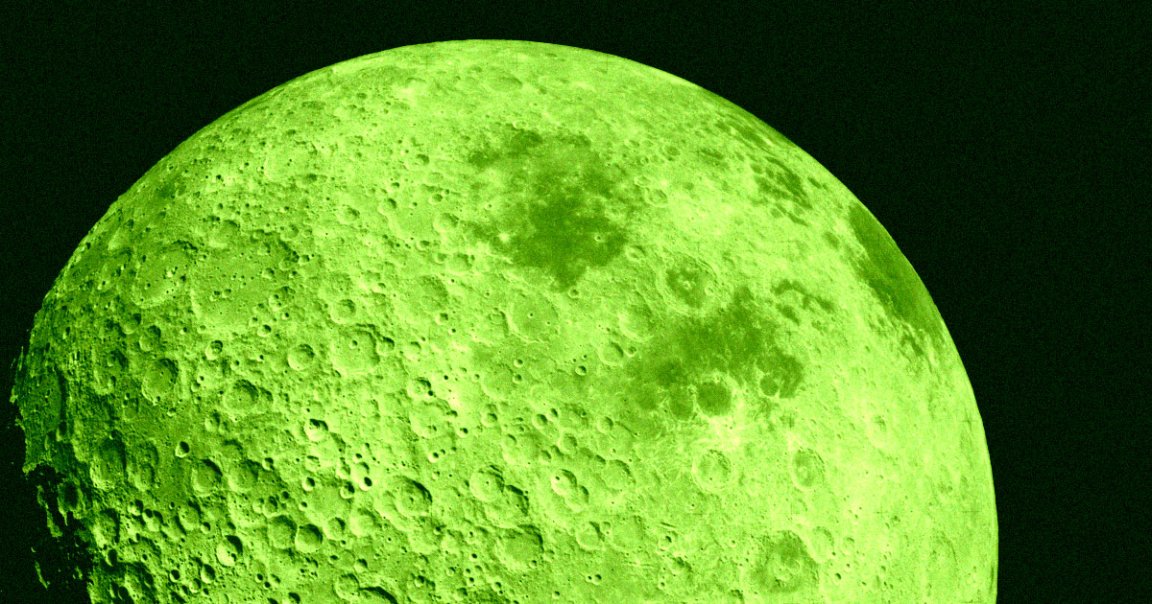
Radioactive Moon Rock
Scientists have discovered a large, radioactive granite formation underneath the surface of the far side of the Moon — and according to a new paper, this unexpected rock formation might offer researchers some clues about our Moon’s long history.
In the paper, which was published this week in the journal Nature, the researchers posit that the existence of the subsurface granite suggests that the less-studied far side of the Moon, which always faces away from the Earth, once housed one or several volcanoes, which erupted around 3.5 billion years ago early in the Moon’s history.
“Any big body of granite that we find on Earth used to feed a big bunch of volcanoes,” said study co-author Matthew Siegler, a Southern Methodist University professor and Planetary Science Institute researcher, in a statement.
Taken for Granite
Subsurface igneous rock deposits left behind by cooling volcanoes called batholiths “are much bigger than the volcanoes they feed on the surface,” added Siegler. “For example, the Sierra Nevada mountains are a batholith, left from a volcanic chain in the western United States that existed long ago.”
To determine the chemical makeup of the radioactive lunar deposit, the researchers used microwave frequencies to measure the compound’s geothermal activity. They were able to deduce from the data that the deposit contained certain radioactive elements that could only be attributed to granite.
Still, the results were a bit of a surprise. Though the region of the Moon where the mystery rock was discovered — often referred to as the Compton-Belkovich “anomaly” — contains a known volcanic complex, granite has rarely been found on the Moon.
The newly-discovered hunk of granite, however, is pretty huge and measures over 30 miles in diameter.
“The surprising magnitude and geographic extent of this feature imply an Earth-like, evolved granitic system larger than believed possible on the Moon,” the researchers wrote in the paper.
Despite the fascinating new findings, scientists may be left with more questions than answers.
“If you don’t have water it takes extreme situations to make granite,” Siegler said. “So, here’s this system with no water, and no plate tectonics — but you have granite. Was there water on the moon — at least in this one spot? Or was it just especially hot?”
More on the Moon: NASA Says There May Be Life on the Moon after All